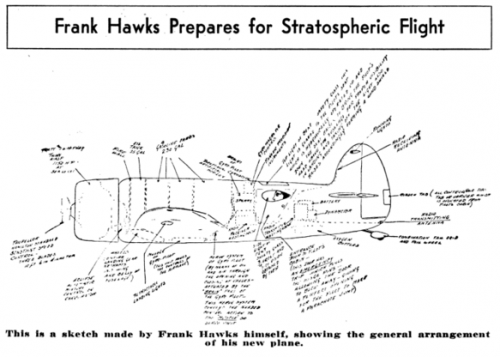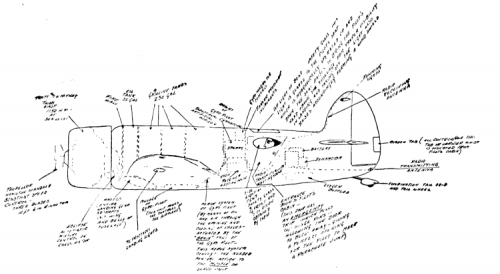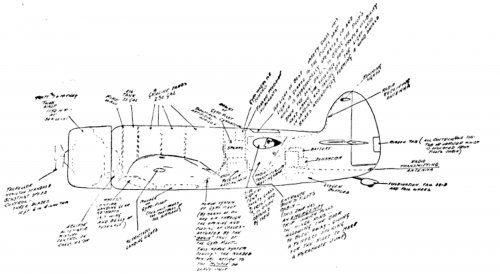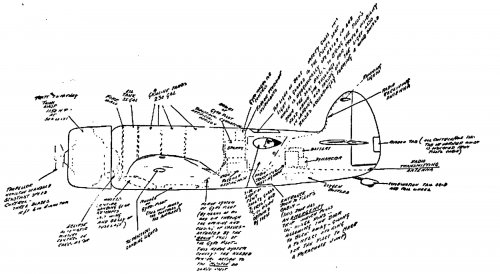- Joined
- 26 May 2006
- Messages
- 33,480
- Reaction score
- 13,527
Hi,
Mr. Frank Hawks and his company,Hawks Aircraft Co. (from Aerofiles site),he designed
a strange stratosphere airplane of 1936,page 43;
https://books.google.com.eg/books?id=LBTqUc-SDZ0C&printsec=frontcover&hl=ar&source=gbs_ge_summary_r&cad=0#v=onepage&q&f=false
http://www.aerofiles.com/_h.html
Mr. Frank Hawks and his company,Hawks Aircraft Co. (from Aerofiles site),he designed
a strange stratosphere airplane of 1936,page 43;
https://books.google.com.eg/books?id=LBTqUc-SDZ0C&printsec=frontcover&hl=ar&source=gbs_ge_summary_r&cad=0#v=onepage&q&f=false
http://www.aerofiles.com/_h.html








